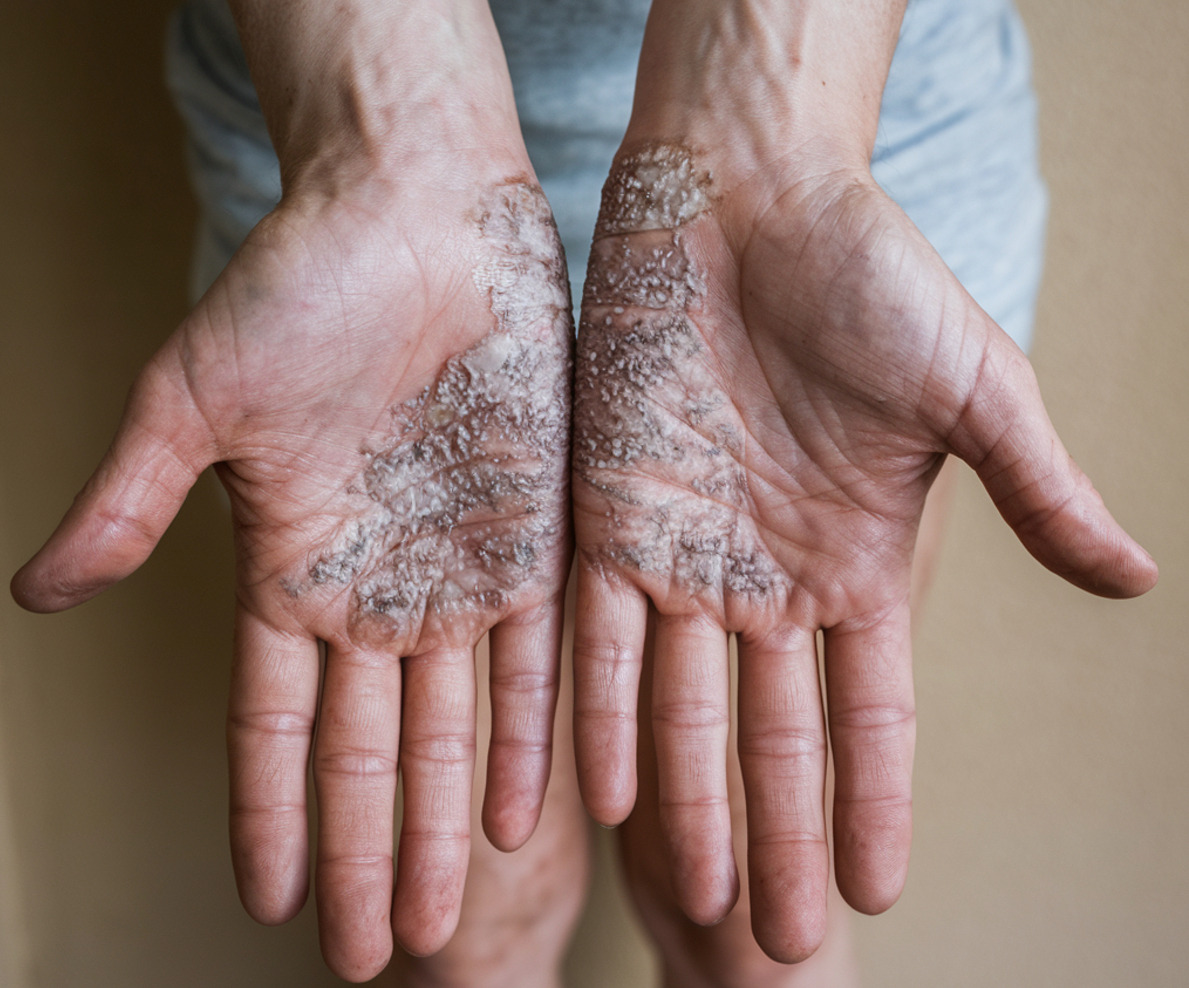
Fairbank Disease, also known as multiple epiphyseal dysplasia (MED), is a rare genetic disorder affecting bone growth. Characterized by abnormal development of the cartilage and bone in the joints, it often leads to joint pain, stiffness, and early-onset arthritis. Fairbank Disease can impact both children and adults, making everyday activities challenging. Symptoms typically appear in childhood, but the severity can vary widely among individuals. Understanding this condition is crucial for those affected and their families. In this post, we'll explore 30 intriguing facts about Fairbank Disease, shedding light on its causes, symptoms, treatments, and the latest research. Whether you're newly diagnosed, a caregiver, or just curious, these facts will provide valuable insights into this complex condition.
Key Takeaways:
- Fairbank Disease, also known as multiple epiphyseal dysplasia (MED), is a rare genetic disorder that affects bone growth, leading to joint pain and stiffness, often appearing in childhood or adolescence.
- While there is no cure for Fairbank Disease, treatments such as pain management, physical therapy, and surgery can help manage symptoms and improve mobility, while ongoing research aims to develop new treatments and therapies.
What is Fairbank Disease?
Fairbank Disease, also known as multiple epiphyseal dysplasia (MED), is a rare genetic disorder affecting bone growth. It primarily impacts the ends of long bones, leading to joint pain and other complications. Here are some fascinating facts about this condition.
-
Genetic Origin: Fairbank Disease is inherited in an autosomal dominant pattern, meaning one copy of the altered gene in each cell is sufficient to cause the disorder.
-
Named After: The disease is named after British orthopedic surgeon Harold Arthur Thomas Fairbank, who first described it in the early 20th century.
-
Symptoms: Common symptoms include joint pain, stiffness, and early-onset arthritis. These symptoms often appear in childhood or adolescence.
-
Affected Bones: The disease primarily affects the epiphyses, the rounded ends of long bones such as the femur and humerus.
-
Growth Plate Impact: Fairbank Disease disrupts the normal development of growth plates, leading to irregular bone growth and joint deformities.
Diagnosis and Detection
Detecting Fairbank Disease early can help manage symptoms and improve quality of life. Here are some key facts about its diagnosis.
-
X-rays: X-rays are commonly used to identify abnormalities in bone growth and structure.
-
Genetic Testing: Genetic tests can confirm the presence of mutations in specific genes associated with the disease, such as COMP, COL9A1, COL9A2, and COL9A3.
-
Physical Examination: Doctors often perform a physical exam to check for joint stiffness, pain, and deformities.
-
Family History: A detailed family history can provide clues, as the disorder is often inherited.
-
MRI Scans: MRI scans offer detailed images of bones and joints, helping to assess the extent of damage.
Treatment Options
While there is no cure for Fairbank Disease, various treatments can help manage symptoms and improve mobility.
-
Pain Management: Pain relievers and anti-inflammatory medications are commonly prescribed to alleviate joint pain.
-
Physical Therapy: Regular physical therapy can help maintain joint function and reduce stiffness.
-
Orthopedic Surgery: In severe cases, surgery may be necessary to correct bone deformities and improve joint function.
-
Assistive Devices: Braces, orthotics, and other assistive devices can help support affected joints and improve mobility.
-
Lifestyle Changes: Maintaining a healthy weight and staying active can reduce stress on joints and improve overall health.
Impact on Daily Life
Living with Fairbank Disease presents unique challenges. Here are some facts about how it affects daily life.
-
Mobility Issues: Joint pain and stiffness can make walking and other activities difficult.
-
Early Arthritis: Many individuals with Fairbank Disease develop arthritis at a young age, impacting their quality of life.
-
School and Work: Children with the disease may need special accommodations at school, while adults might require adjustments at work.
-
Emotional Impact: Chronic pain and mobility issues can lead to emotional challenges, including anxiety and depression.
-
Support Networks: Support groups and counseling can provide valuable emotional and practical support for individuals and families.
Research and Future Directions
Ongoing research aims to better understand Fairbank Disease and develop new treatments. Here are some exciting developments.
-
Gene Therapy: Researchers are exploring gene therapy as a potential treatment to correct the genetic mutations causing the disease.
-
Stem Cell Research: Stem cell therapy holds promise for regenerating damaged cartilage and bone tissue.
-
Clinical Trials: Various clinical trials are underway to test new medications and therapies for managing symptoms.
-
Biomarkers: Scientists are working to identify biomarkers that could help diagnose the disease earlier and more accurately.
-
Patient Registries: Patient registries collect data on individuals with Fairbank Disease, helping researchers track the condition's progression and effectiveness of treatments.
Interesting Historical Facts
Understanding the history of Fairbank Disease provides context for its current treatment and research.
-
First Description: Harold Fairbank first described the disease in 1935, noting its impact on bone growth and joint function.
-
Early Treatments: Early treatments focused on managing symptoms with physical therapy and pain relief, as surgical options were limited.
-
Genetic Discoveries: The genetic basis of Fairbank Disease was identified in the late 20th century, leading to more accurate diagnoses.
-
Medical Advances: Advances in imaging technology, such as MRI and CT scans, have improved the ability to diagnose and monitor the disease.
-
Patient Advocacy: Patient advocacy groups have played a crucial role in raising awareness and funding research for Fairbank Disease.
Final Thoughts on Fairbank Disease
Fairbank Disease, also known as multiple epiphyseal dysplasia, is a rare genetic disorder affecting bone growth. It causes joint pain, short stature, and early-onset arthritis. Understanding the symptoms and seeking early diagnosis can help manage the condition better. Genetic counseling is crucial for families with a history of this disease, as it can provide valuable insights into inheritance patterns and risks for future generations.
Treatment focuses on managing symptoms through physical therapy, pain relief, and sometimes surgery. Staying informed and proactive in seeking medical advice can significantly improve the quality of life for those affected. Remember, while Fairbank Disease presents challenges, advancements in medical research continue to offer hope for better management and potential treatments. Stay connected with healthcare professionals and support groups to navigate this journey with confidence and resilience.
Frequently Asked Questions
Was this page helpful?
Our commitment to delivering trustworthy and engaging content is at the heart of what we do. Each fact on our site is contributed by real users like you, bringing a wealth of diverse insights and information. To ensure the highest standards of accuracy and reliability, our dedicated editors meticulously review each submission. This process guarantees that the facts we share are not only fascinating but also credible. Trust in our commitment to quality and authenticity as you explore and learn with us.


